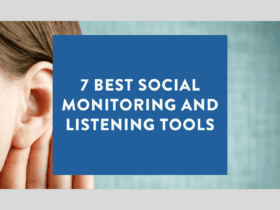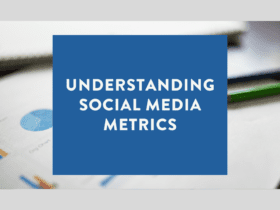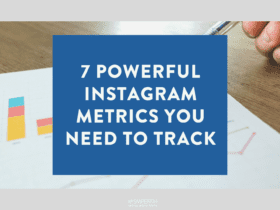Social media has taken over the lives of the majority of people with a smartphone – measuring the effectiveness of campaigns with hard results could determine whether or not it has been a success or a failure.
Social media can be tricky to measure, especially if you have a specific campaign modelled for it.
Today we go through measuring ROI for your social media and the tools and techniques that you can use to make it a smoother process for you.
What is Social Media ROI
Social media return on investment (ROI) could mean a range of different things. The most common return on investments can be measured through brand awareness, revenue and customer satisfaction. A simple equation can be used to measure ROI.
Profit / Investment X 100 = Social Media ROI
So, if you made $1,000 in revenue from social media on a $500 investment, your profit is $500. Your calculation would be $500 profit / $500 investment X 100 = 100% return on your investment. If the brands goal is to drive brand awareness, you would measure the ROI based on audience reach and audience engagement and not have to worry about profit.
Why is it important?
It is important to measure ROI because this is the way people can determine if the campaign has been a success or a failure, if the marketer has done their job or if something is wrong. You can see where it has gone pear shaped and you can fix it.
You need to be able to provide hard concrete results. It will help the brand better understand the customer and their preferences while also identifying the gaps in the overall strategy.
Goals and Objectives
While it is great to set social media goals and complete them, the job is not done until you can prove it. Demonstrating social medias value to the campaign you will need to set clear social media objectives that are aligned with the original goals and objectives from the brand.
These could be business conversions, customer experience or brand awareness. For brand awareness strategies you can measure the goals and objectives by how many likes, comments and shares that the page receives on posts. You can setup a number of goals for your campaigns including reach, site traffic, revenue, leads generated, sign ups and audience engagement.
Tools to Use
You could manually add up the amount of likes, comments, shares and engagement from your page but if you have a larger audience this could take a while. You can use a number of different software programs to measure the effectiveness of campaigns. These programs are simple to use and give the statistics that you need fast. Google Analytics, Hootsuite Impact, Facebook Pixels, UTM parameters and Hootsuite Insights are all great tools you can use at your disposal to measure metrics.
Make Adjustments
Okay, so now your campaign is complete and whether or not it was a success, make sure that you are always making adjustments to your campaign. If you are constantly modifying it in a way that will best suit the needs of the audience, then you will always be one step ahead of the rest of the competitors. Make sure you never delete campaigns this way you can always go back to see what worked and what didn’t.









LET’S CONNECT